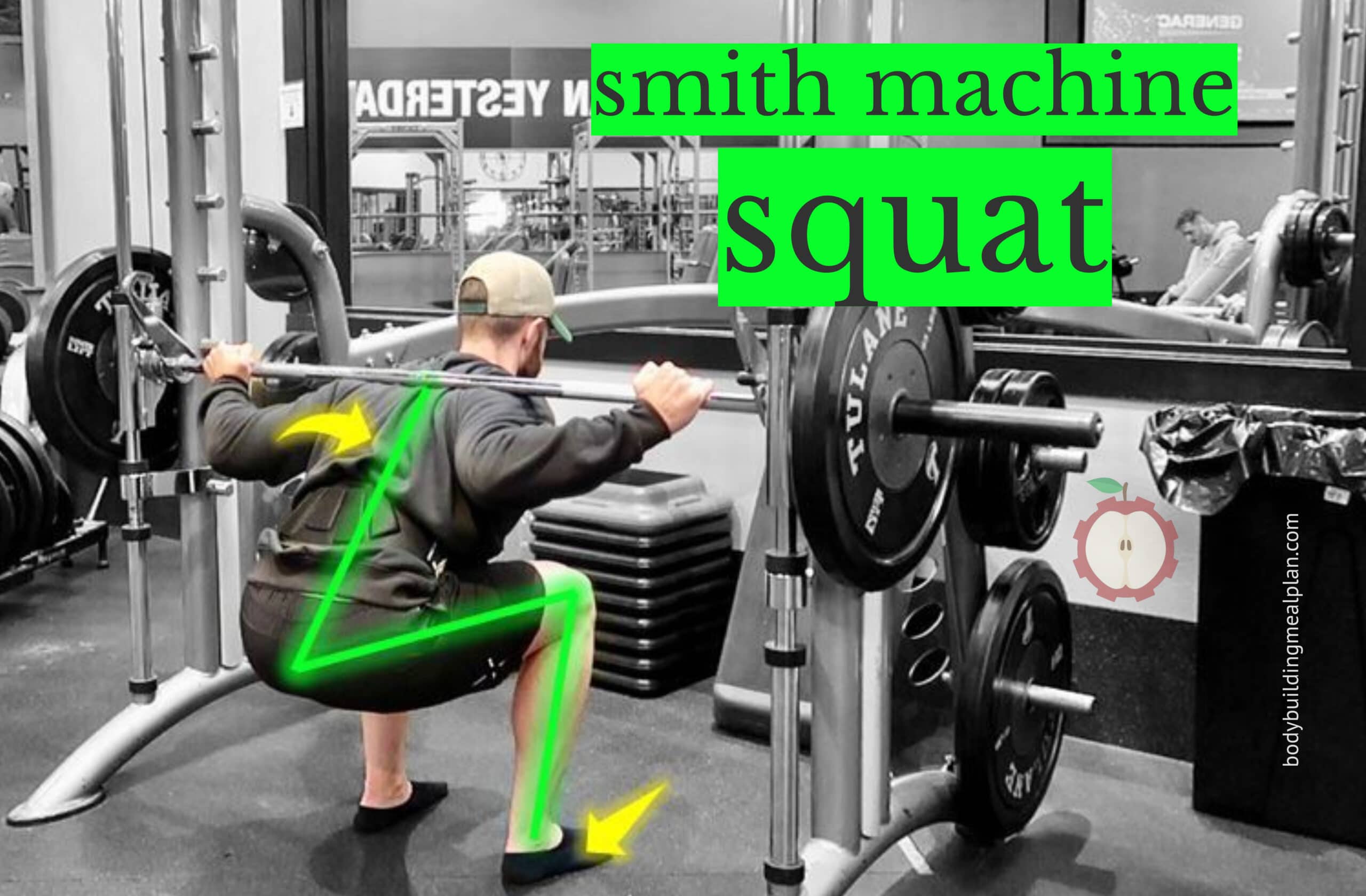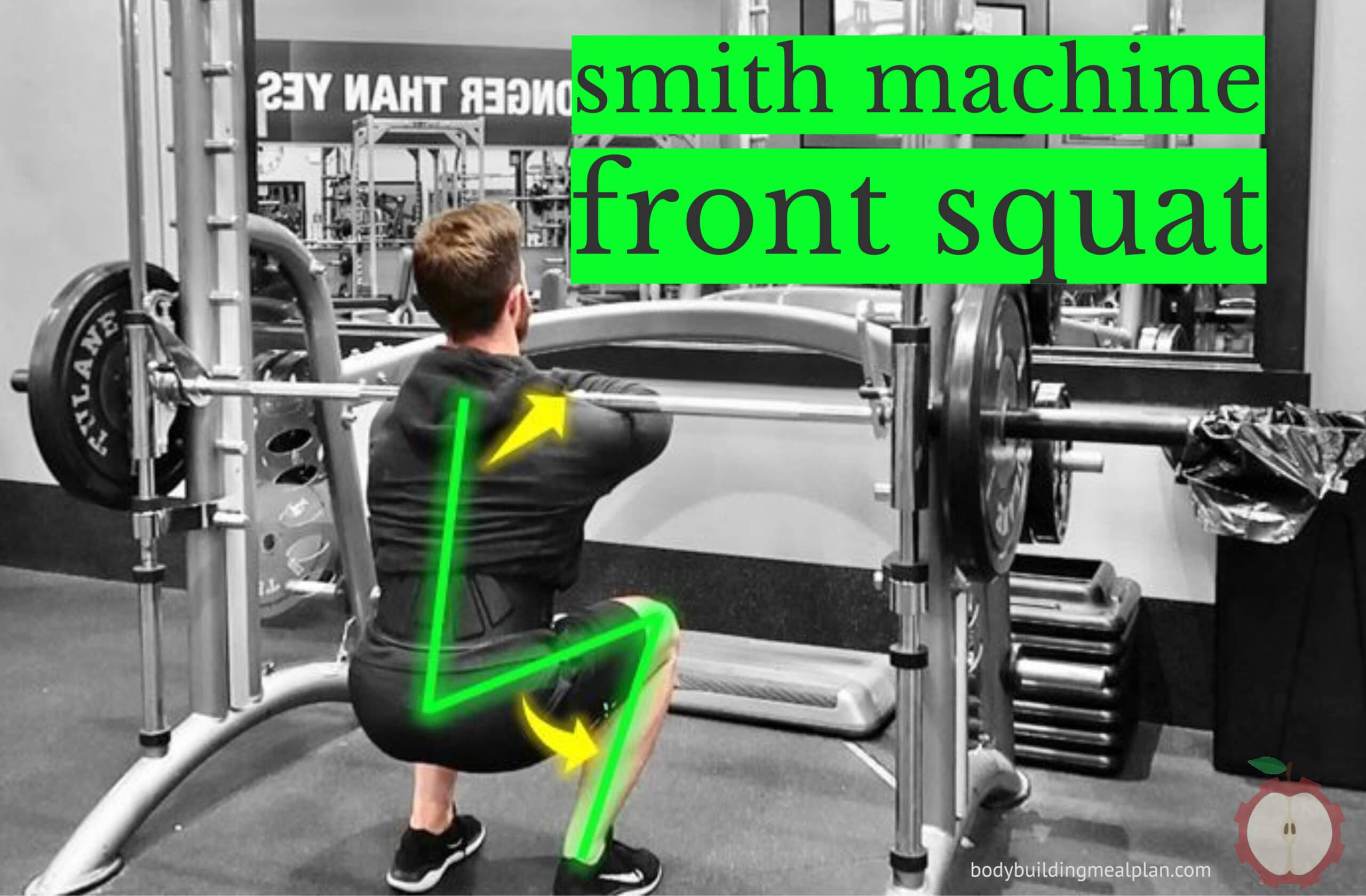Smith machine squats are an excellent exercise for building strength and muscle in the lower body. If you're aiming to enhance your leg workout routine, this guide will equip you with all the knowledge you need to perfect your technique and maximize your results. Whether you're a fitness novice or an experienced athlete, understanding the intricacies of the smith machine squat can significantly elevate your fitness journey.
Strength training has become a cornerstone of modern fitness programs, and squats are among the most effective exercises for targeting the lower body. Among the various squat variations, the smith machine squat shines due to its unique advantages and accessibility. It's an ideal choice for those who want to focus on muscle growth while maintaining proper form and minimizing injury risks.
This in-depth guide will take you through everything you need to know about smith machine squats, including proper technique, benefits, potential drawbacks, and alternative options. By the end of this article, you'll have a comprehensive understanding of how to integrate this exercise into your routine safely and effectively.
Read also:Discover Boobpedia The Ultimate Encyclopedia On Breasts And Body Positivity
Table of Contents
- Introduction to Smith Machine Squats
- Advantages of Smith Machine Squats
- Mastering the Technique for Smith Machine Squats
- Avoiding Common Mistakes
- Primary and Secondary Muscles Engaged
- Exploring Variations of Smith Machine Squats
- Smith Machine Squat vs. Barbell Squat
- Safety Tips for Optimal Workouts
- Integrating Smith Machine Squats into Your Routine
- Conclusion and Final Thoughts
Introduction to Smith Machine Squats
The smith machine squat represents a variation of the classic squat performed on a specialized piece of equipment known as the smith machine. This apparatus facilitates a fixed bar path, which helps beginners maintain proper form and reduces the likelihood of injury. It is widely utilized in gyms globally and is especially beneficial for individuals who may find free-weight squats challenging.
Why Opt for the Smith Machine?
Many people choose the smith machine squat because of its ability to provide stability during the movement. Unlike free-weight squats, where balance is a critical factor, the smith machine eliminates the need to stabilize the barbell, allowing lifters to concentrate solely on the movement and muscle engagement.
Moreover, the fixed bar path guarantees that the lifter adheres to a consistent range of motion, which can be particularly advantageous for newcomers to strength training or those recovering from an injury.
Advantages of Smith Machine Squats
The smith machine squat offers numerous benefits that make it a favorite among fitness enthusiasts. Below are some key advantages:
- Enhanced Stability: The fixed bar path minimizes the need for core stabilization, enabling lifters to focus more on lower body muscles.
- Lower Risk of Injury: Beginners and individuals with mobility restrictions can perform squats with reduced injury risks due to the controlled movement.
- Increased Strength: By isolating the leg muscles, lifters can achieve significant strength gains in the quadriceps, hamstrings, and glutes.
- Improved Form: The machine guides the lifter through the appropriate range of motion, helping to reinforce proper squat technique.
Mastering the Technique for Smith Machine Squats
Mastering the correct technique for smith machine squats is essential for achieving the best results and preventing injury. Follow these steps to execute the exercise properly:
- Adjust the bar height to a position that feels comfortable, ensuring it aligns with your shoulders.
- Place your feet shoulder-width apart, with your toes pointing slightly outward for balance.
- Grasp the bar with both hands to enhance stability and control during the movement.
- Engage your core and lower your body by bending your knees and hips simultaneously.
- Descend until your thighs are parallel to the ground, keeping your back straight and chest lifted.
- Push through your heels to return to the starting position, maintaining control throughout the movement.
Key Points to Remember
When performing smith machine squats, it's crucial to:
Read also:Envisioning Vegas 2160 A Leap Into The Future Of Urban Entertainment
- Keep your weight on your heels to effectively engage the glutes and hamstrings.
- Avoid allowing your knees to collapse inward; ensure they remain aligned with your toes.
- Focus on a smooth, controlled movement, refraining from abrupt or jerky motions.
Avoiding Common Mistakes
Even with the stability provided by the smith machine, errors can still occur. Below are some common blunders to watch out for:
- Overextending the Lower Back: Excessively arching your back can place undue strain on your spine. Keep your core engaged to maintain a neutral spine position.
- Using Excessive Weight: Lifting more than you can comfortably handle can compromise your form and elevate the risk of injury. Begin with lighter weights and gradually increase as your strength improves.
- Not Descending Low Enough: Failing to reach parallel can restrict muscle engagement. Aim for a full range of motion to maximize the exercise's effectiveness.
Primary and Secondary Muscles Engaged
The smith machine squat primarily targets the following muscle groups:
- Quadriceps: The front thigh muscles are heavily activated during the upward phase of the movement.
- Hamstrings: These muscles assist in stabilizing the knee joint and controlling the descent.
- Glutes: The buttock muscles play a vital role in extending the hips and propelling the upward motion.
- Calves: Although not the primary focus, the calves contribute to stabilizing the ankles and providing overall support.
Secondary Muscle Involvement
While the primary emphasis is on the lower body, smith machine squats also engage secondary muscles such as the core and lower back, which work to maintain stability throughout the movement.
Exploring Variations of Smith Machine Squats
To keep your workouts engaging and target different areas of the lower body, consider incorporating these variations:
Front Smith Machine Squat
This variation involves placing the barbell across your shoulders in a front-rack position, emphasizing quadriceps activation. It also enhances posture and upper body strength.
Bulgarian Split Squat on Smith Machine
By elevating one foot behind you, this unilateral exercise targets each leg independently, improving balance and muscle symmetry.
Smith Machine Squat vs. Barbell Squat
While both exercises aim to strengthen the lower body, they differ in several significant ways:
- Stability: The smith machine provides a guided path, whereas barbell squats require full body stabilization.
- Muscle Engagement: Barbell squats engage more stabilizer muscles, making them a more comprehensive exercise.
- Accessibility: The smith machine is more accessible for beginners and those with mobility limitations, while barbell squats are better suited for advanced lifters seeking greater muscle activation.
Safety Tips for Optimal Workouts
To ensure a safe and effective workout, adhere to these safety tips:
- Engage in a thorough warm-up before starting your squat session to prepare your muscles and joints.
- Utilize a spotter or safety pins in the machine to prevent accidents when lifting heavy weights.
- Listen to your body and halt the exercise immediately if you experience pain or discomfort.
Integrating Smith Machine Squats into Your Routine
Here's a sample workout program that includes smith machine squats:
Beginner Program
Day 1: Lower Body
- Smith Machine Squats: 3 sets of 10-12 reps
- Lunges: 3 sets of 10 reps per leg
- Leg Press: 3 sets of 12-15 reps
Advanced Program
Day 3: Strength
- Smith Machine Squats: 4 sets of 6-8 reps
- Deadlifts: 4 sets of 6-8 reps
- Bulgarian Split Squats: 3 sets of 8-10 reps per leg
Conclusion and Final Thoughts
The smith machine squat is a versatile and powerful exercise that can significantly enhance your lower body strength and muscle development. By mastering the proper technique and integrating it into your workout routine, you can achieve impressive results while minimizing the risk of injury.
We encourage you to share your experiences and insights in the comments section below. Additionally, feel free to explore other articles on our site for additional fitness tips and advice. Together, let's strive for a stronger, healthier you!
Data Sources:
- Strength Training Anatomy by Frederic Delavier
- National Strength and Conditioning Association (NSCA)
- American Council on Exercise (ACE)


